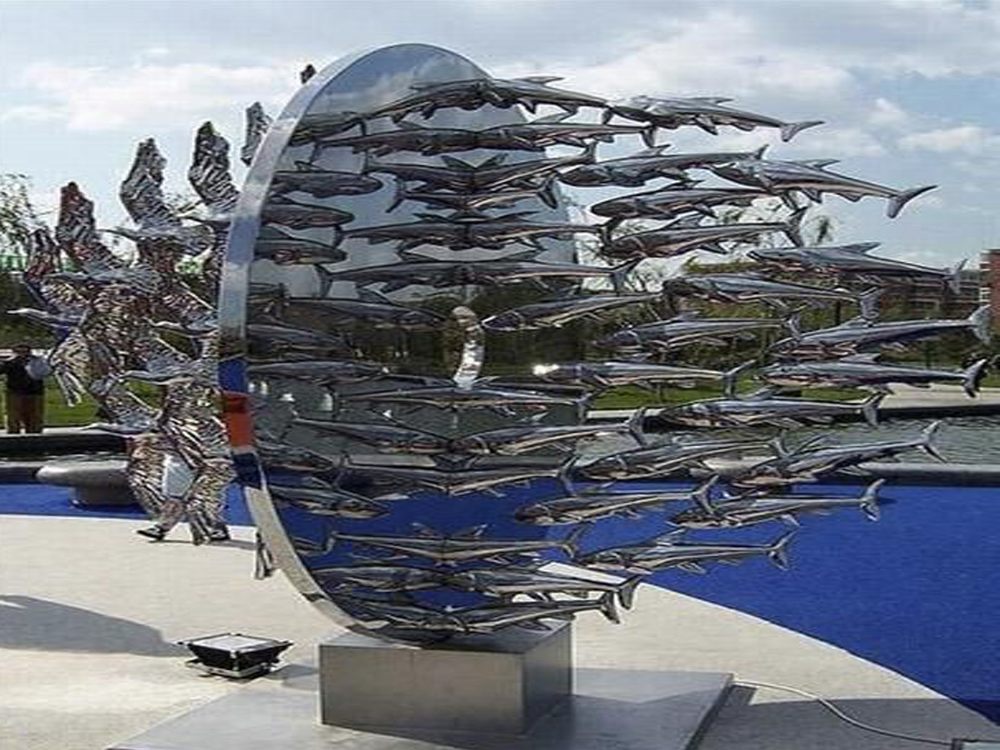
Artists often employ contrast in scale within multi-piece stone sculpture installations to evoke emotional responses, guide viewer focus, and create visual harmony. By juxtaposing large and small elements, they establish hierarchy and movement, transforming static stone into dynamic narratives.
One technique involves placing a towering central sculpture alongside smaller companion pieces, drawing attention while encouraging exploration of the entire installation. The size disparity can symbolize power dynamics or represent different aspects of a unified theme. Contemporary sculptors like Richard Serra manipulate scale to alter viewers' spatial perception, making stone feel both monumental and intimate.
Scale contrast also serves practical purposes in site-specific works. Artists may adjust proportions to complement architectural surroundings or use oversized elements to dominate natural landscapes. The interplay between different-sized components creates rhythm, with negative space becoming as significant as the stone itself.
Traditional stone carving methods adapt to these challenges through careful planning of weight distribution and structural integrity. Modern installations often incorporate digital modeling to preview scale relationships before physical creation. This deliberate manipulation of size transforms stone from mere material into a powerful storytelling medium.

